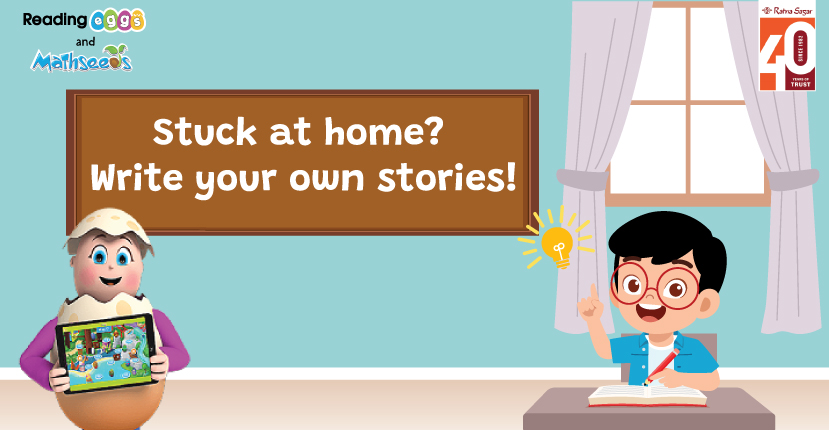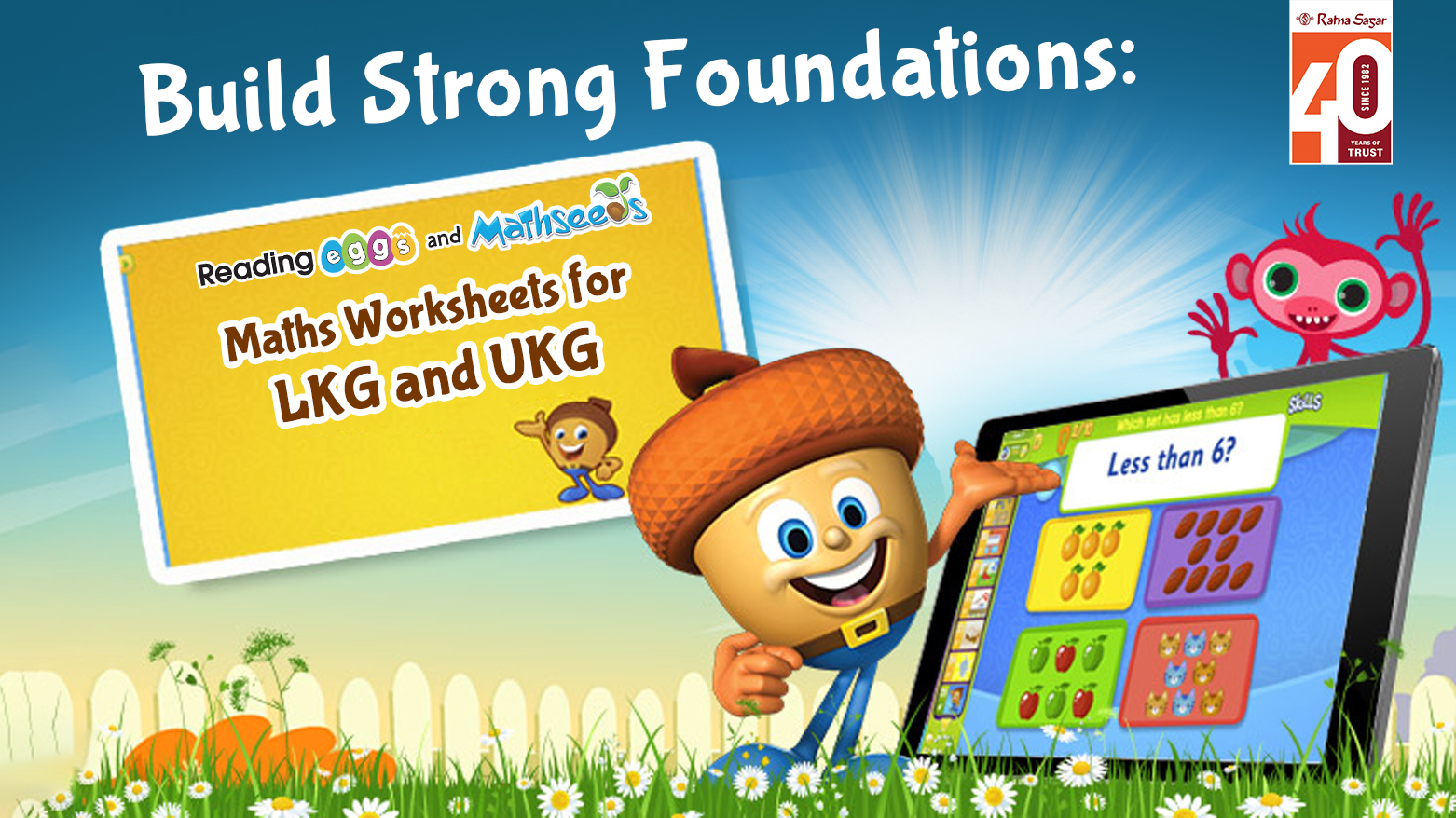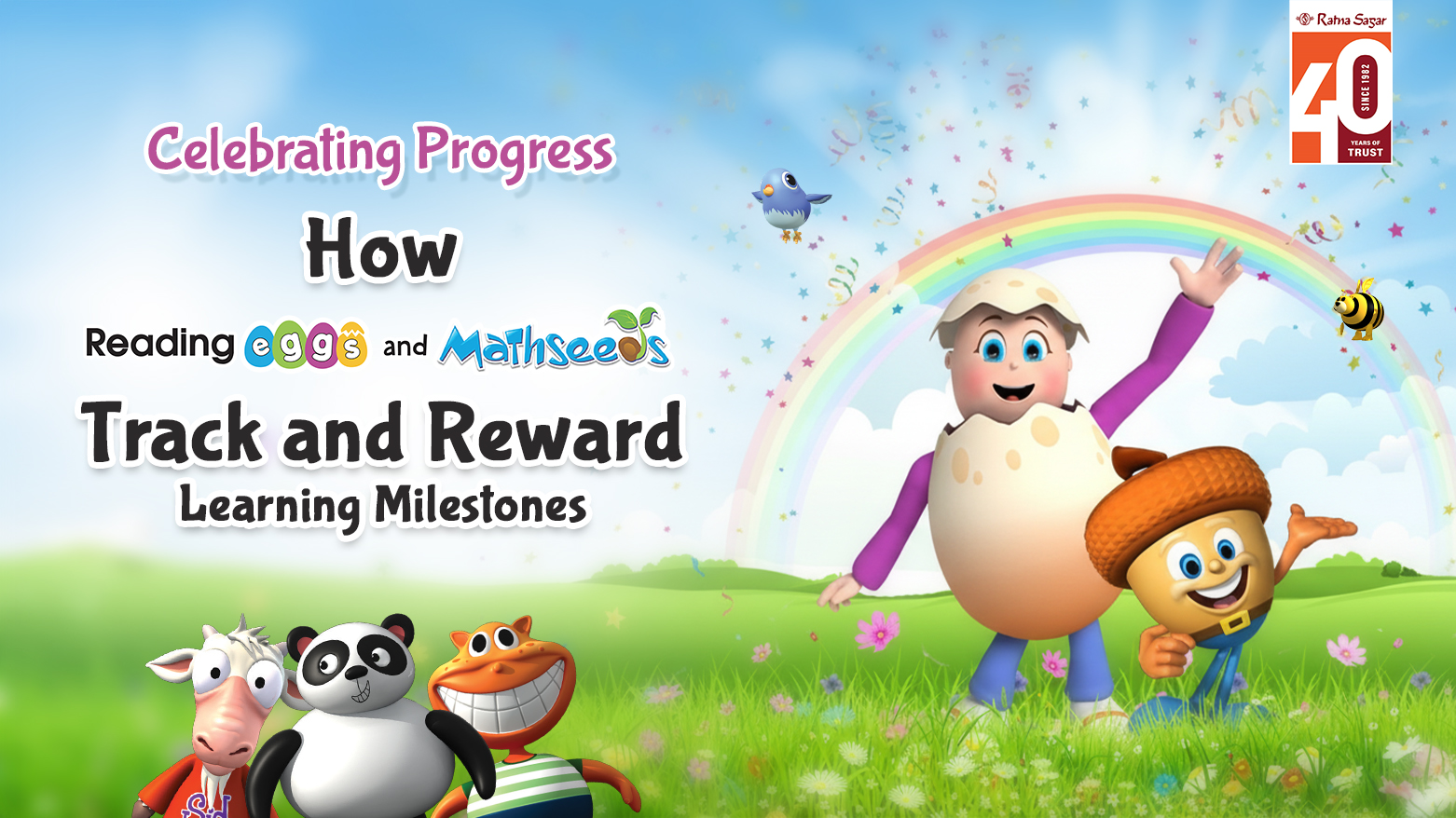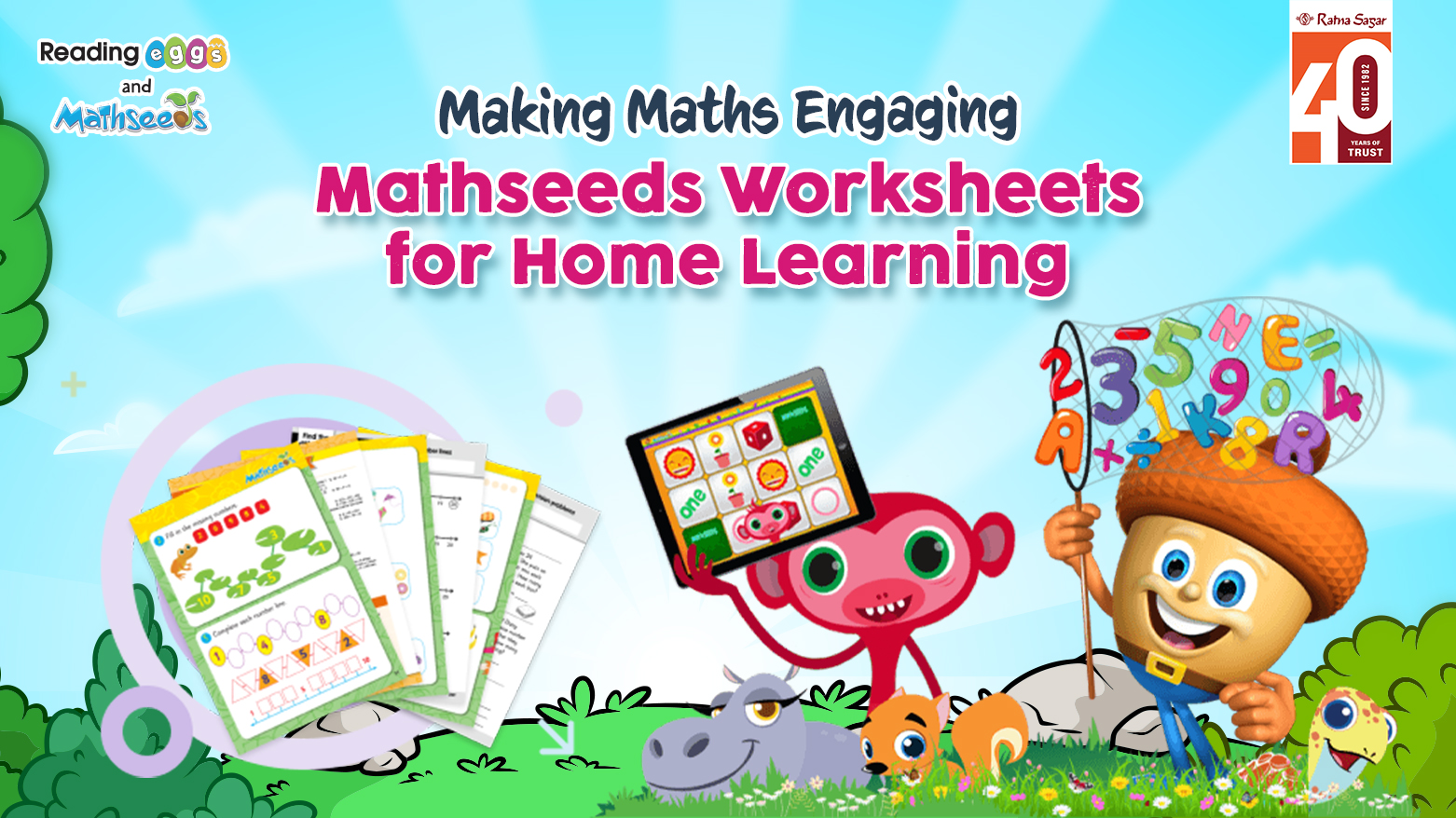Stuck at home? Write your own stories!
Writing your own stories can be a fun and educational hobby. It enhances creativity and imagination, allowing you to create unique characters, settings and plots. This creative process improves vocabulary, grammar and overall literacy skills while providing a safe outlet for emotional expression. Additionally, writing stories aids cognitive development by enhancing memory, focus and critical thinking skills. Completing a story gives a sense of accomplishment and boosts your confidence, helping you discover and develop your unique voice and identity. Moreover, strong writing skills can improve academic performance and communication abilities. Here's a step-by-step guide to help you unleash your creativity and craft your own stories:
Book 7 days FREE trial For Reading Eggs with Ratna Sagar
- Start with an Idea
Brainstorm: Think of a few ideas. What do you like? It could be about animals, magic, adventure, or your favourite places. Simple Prompts: Use prompts like "What if you found a magic key?" or "Imagine you could talk to animals."
- Create Your Characters
Main Character: Decide who your story is about. It can be you, a friend, or a completely new character. Name and Traits: Give your character a name and describe what they look like and what they like to do. Supporting Characters: Think of friends or helpers who can join your main character on their adventure.
- Decide on the Setting
Where and When: Where does your story take place? In a forest, a school, or another planet? When does it happen? Now, in the past, or in the future? Describe the Setting: Write a few sentences describing what this place looks like.
- Make a Simple Plot
Beginning: Introduce your characters and the setting. What is a normal day like for your main character? Problem: Think of a problem or challenge your character faces. Maybe they lost something important, or they need to help a friend. Solution: How does your character solve the problem? Do they get help from friends? Do they discover something new?
Book 7 days FREE trial For Reading Eggs with Ratna Sagar
- Write the Story
First Draft: Write down your story from beginning to end. Don’t worry about making it perfect! Short Sentences: Use simple sentences and words that you know.
- Read and Revise
Read Aloud: Read your story out loud to yourself or to someone else. Does it make sense? Is it exciting? Make Changes: Fix any confusing parts, or add more details where needed.
- Add Illustrations (Optional)
Draw Pictures: Draw pictures to go with your story. These can show the characters, settings, or important scenes. Color and Detail: Add colour and details to make your illustrations more fun.
- Share Your Story
Read to Others: Share your story with family and friends. You can read it to them or let them read it themselves. Classroom: Share it with your classmates or teachers. Maybe your teacher can help you make a book!
Book 7 days FREE trial For Reading Eggs with Ratna Sagar
So, grab a pen and your favourite notebook and start jotting down your story. Who knows? You might write about a magical castle filled with enchanting creatures and hidden treasures, or create your own dreamland where anything is possible. Story writing allows you to explore the depths of your imagination, bringing your ideas to life on the page. As you write, you'll find yourself developing new skills. But beyond the technical benefits, you'll build empathy as you step into the shoes of your characters, imagining their challenges and triumphs. The sense of accomplishment you feel when you finish a story is incredibly rewarding, boosting your confidence and inspiring you to write more. You will definitely enjoy the process. So, start writing today—you never know where your creativity might take you!




